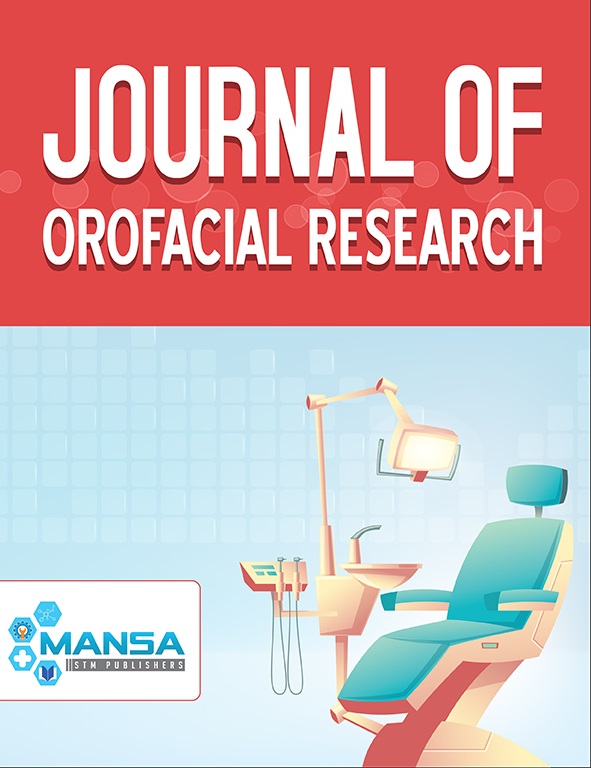Dental Cusps: Normal, Supernumerary and Cusp-like Structures — An Overview
Keywords:
Supernumerary cusp, Anatomical variation, Cusp of Carabelli, Metaconule, Paraconule, Parastyle, Entoconulid, Metaconulid, Protostylid, Dens evaginatus, Talon cusp.Abstract
Cusp is an elevation or a mound on the crown portion of the tooth making up a divisional part of the occlusal surface. The occlusal surface of posterior teeth consists of varying number of cusps, which are specific to each tooth. Supernumerary or accessory cusps are the extra number of cusps that occur
on the surface of the tooth. These cusps can occur on the posterior teeth, thereby increasing the number of cusps. They can also occur on the anterior teeth as cusp-like structures where cusps are usually not present (for example: talon cusp). Accessory cusps which occur as dental anomalies, such as dens evaginatus are mentioned in the dental literature. Apart from this, the dental anthropology literature also mentions of a number of accessory cusps considered as normal anatomical variants, such as protostylid, parastyle, and so on. Many of these anatomical variants occur as traits in certain racial populations. For the better understanding of the terminologies of these anatomical variants, it is essential to know the different nomenclatures and the various theories proposed to explain
the origin of multicusp teeth. This article is therefore aimed at providing the reader an overview of the various dental cusp nomenclatures, theories proposed to explain the origin of multicusp teeth and the supernumerary cusps and cusp-like structures.

